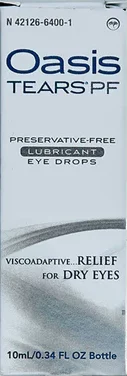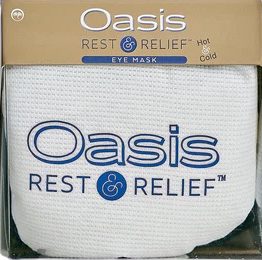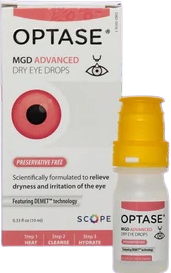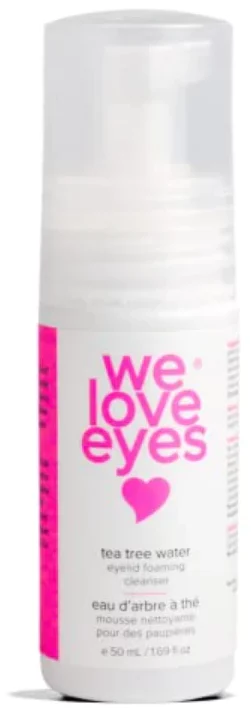Advanced Eyecare
Dry Eye Center
Dry eye is a chronic condition in which the body does not produce enough quality tears to sufficiently lubricate the eye. Without tear lubrication, the eyes may become irritated, causing burning, itchiness and excessive watering.
Did you know…
that dry eye is a very common condition among residents over age 50? The American Academy of Ophthalmology reports that nearly 4.9 million Americans over age 50 are suffering from dry eye, with women outnumbering men nearly 2 to 1. There are many reasons why people develop dry eye, including environmental conditions, the use of certain medications, and the long-term use of contact lenses.
Dry Eye Symptoms
Should you be treated for dry eye?
Take a look at the most common dry eye symptoms below.
- Stinging or burning sensation
- Gritty or itchy eyes
- Increased light sensitivity
- Pain and redness
- Excessive tearing and discharge
- Eye fatigue
- An inability to work for long periods
- Regularly using eye drops
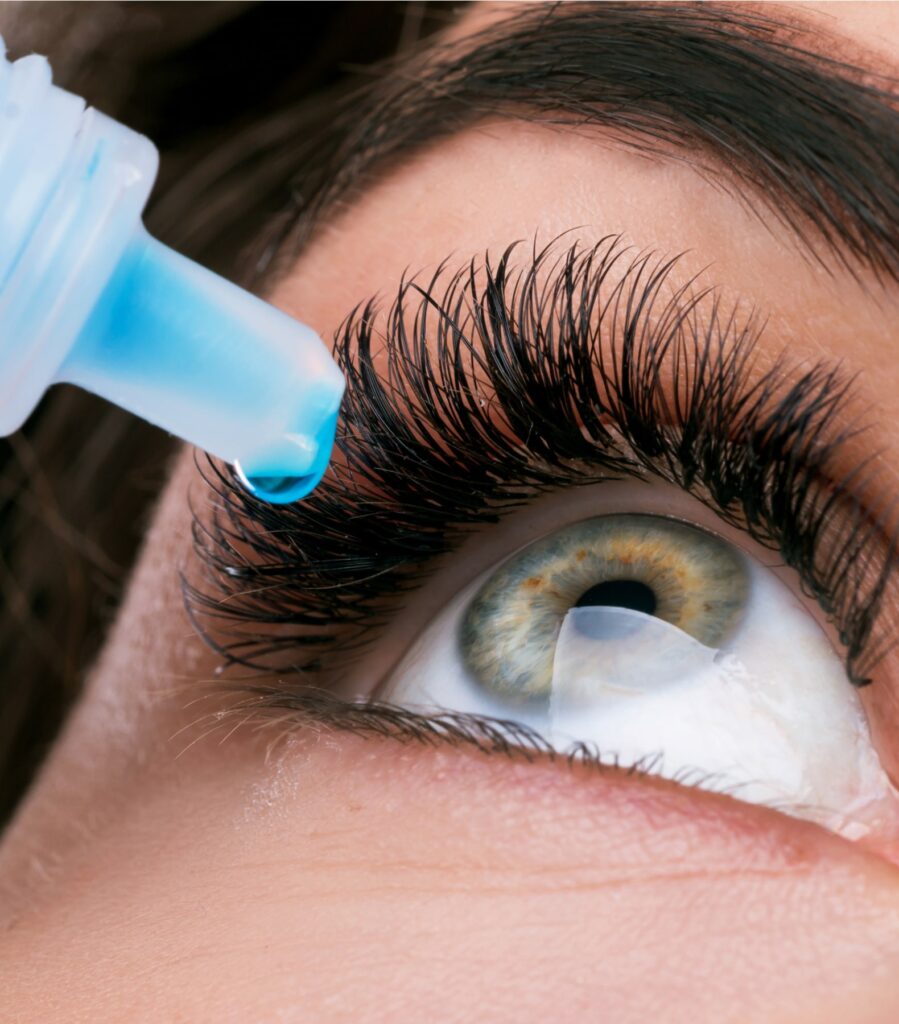
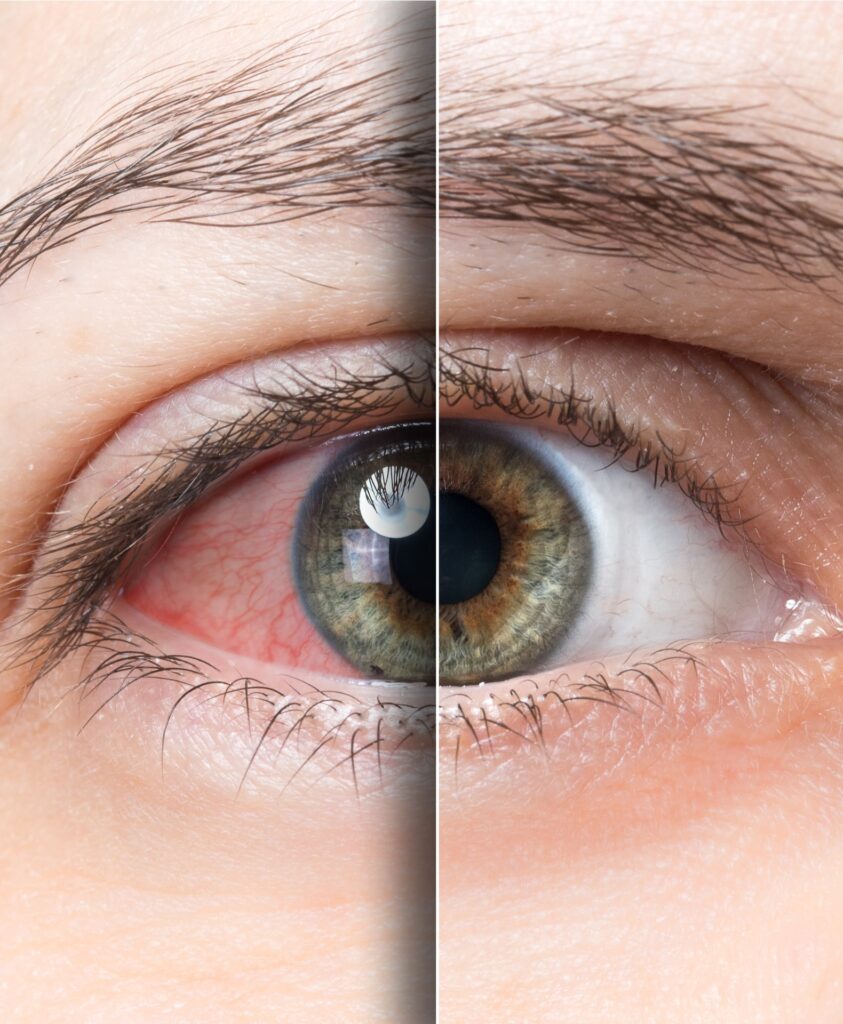
Dry Eye Diagnostics
Patients with severe cases of dry eyes may actually experience vision impairments caused by damage to the surface of the eye. Fortunately, dry eye treatments are available to help the eye produce more of its own natural tears and also manage inflammation.
Risk Factors For Dry Eye Include:
As we age, the tear production of our eyes decreases, leading to dry eyes. This can lead to a deficiency in the aqueous (watery) part of our tear film.
Women are more prone to develop dry eyes, especially right before or during menopause due to normal hormonal changes.
Medications such as antihistamines, antidepressants, and lipid-lowering drugs can decrease tear production as a common side effect.
Certain medical conditions such as autoimmune disorders, diabetes, thyroid disorders, and rheumatoid arthritis can also cause dry eyes as many of these systemic illness affect the overall function of the eyes and glands that produce the delicate tear film.
Exposure to dry and dusty environments, heating and air conditioning, and pollution can cause dry eyes.
Wearing contact lenses for long periods can cause dry eyes due to decreased oxygen flow to the cornea, chronic rubbing of a foreign body on the eye surface, or exposure to preservatives in contact lens solutions.
LASIK can cause chronic dry eyes due to disturbances to corneal nerve activity and changes in sensation response.
A diet low in vitamin A can lead to dry eyes as it is essential for maintaining the health of the cornea.
Prolonged use of computers and other digital screens can cause dry eyes due to decreased blink rate that naturally occurs when we are on our screens.
Dry Eye Treatment
There are several ways of treating dry eye. Together with your optometrist, you will decide upon the treatment that best fits your needs.
OptiLight Advanced Dry Eye Therapy
Intense Pulse Light (IPL) has been used for many years by dermatologists and doctors around the world to effectively and non invasively treat sun spots, acne rosacea, and visibly improve skin texture and fine lines.
EyeQ Vision OptiLight Therapy uses the Lumenis IPL system for facial and ocular skin treatments and can focus on diminishing rosacea, hyperpigmentation and has natural collagen boosting benefits. The combination of Optilight Lumenis for both dry eye and aesthetic facial skin rejuvenation can be done in short therapy 4 sessions and its overall benefits can last more than a year.





